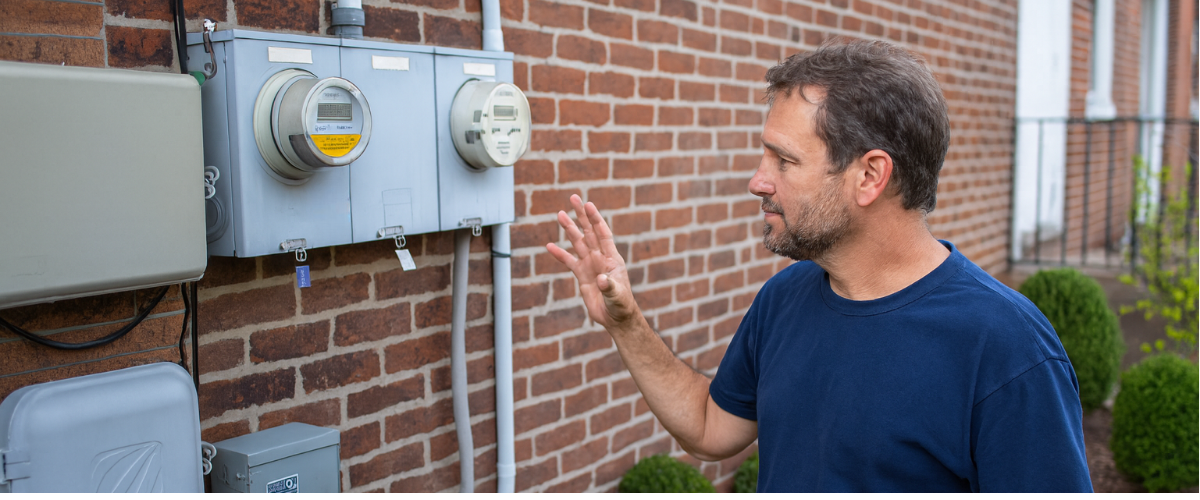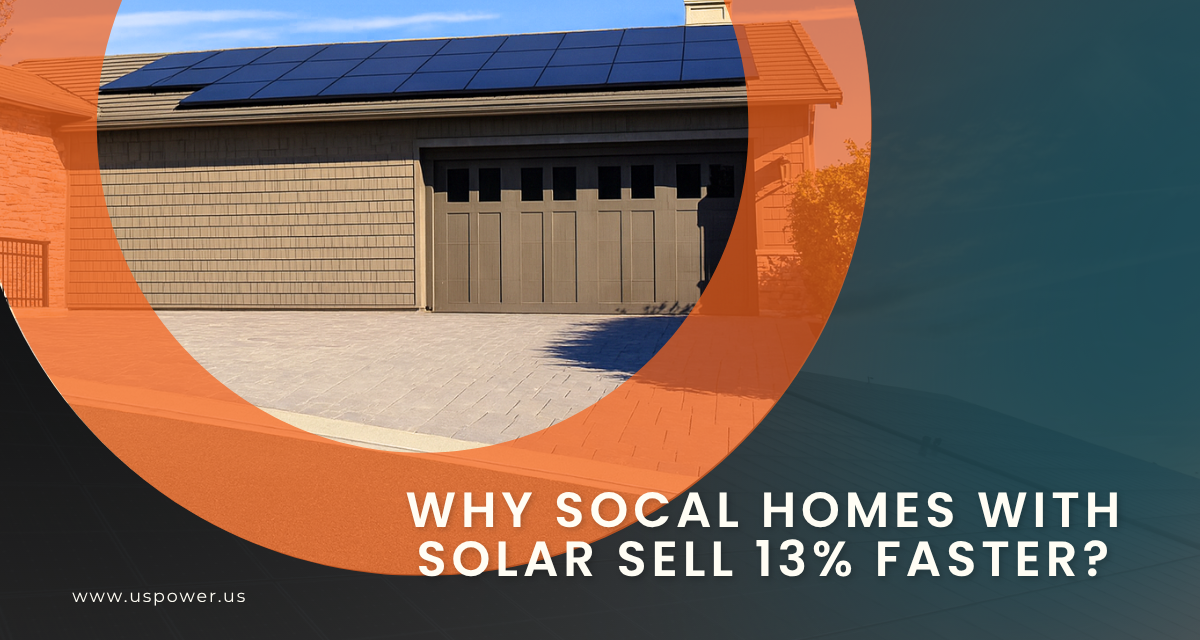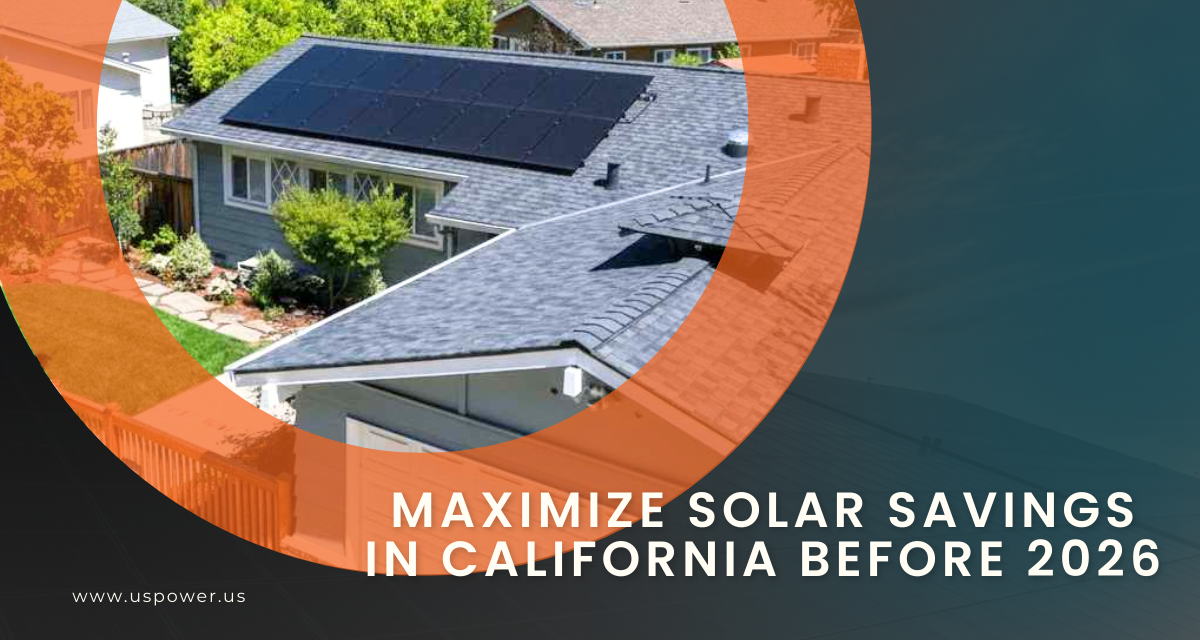California’s Solar Boom vs. Pennsylvania’s Collapse

Solar and Roofing Advisor
Learn how Pennsylvania’s clean energy plans failed—and why California’s booming solar market, led by US Power and QCells, must stay on track.

Pennsylvania — once a national leader in renewables — derailed its clean energy transition due to political reversals, utility resistance, and policy instability.
The result: stalled projects, investor retreat, regulatory ambiguity, and a reversal in momentum.
That fate doesn’t have to be ours in California — especially in Southern California, where sunshine, demand, and local resolve make us uniquely positioned to lead. At US Power, we believe local solar deployment must be resilient, stable, and forward-looking.
What Happened in Pennsylvania — and Why It Fell Apart
The Inside Climate News investigation lays out a cautionary tale of policy backsliding and broken expectations.
Key takeaways:
- Policy flip-flops and repeal risk: Renewable mandates and incentives were reversed or weakened when political leadership changed hands. Projects that previously seemed bankable lost their guarantee.
- Utility and grid opposition: Investor-owned utilities resisted distributed solar and renewable integration, using regulatory leverage to stall interconnection, demand rate changes, and valuation of solar output.
- Financial and contract risk: Developers and financiers faced contract renegotiations, permit delays, rework, or cancellations. Some projects lost funding midstream.
- Public and business trust eroded: Homeowners who signed contracts or invested in energy upgrades felt stung when promised incentives changed. The overall political environment became unattractive for new capital.
In short: the lack of stable, long-term policy support and regulatory certainty undermined what had once been a promising transition.
If something like that were to happen in California — especially in key solar markets like Los Angeles County, San Diego, Riverside, and Orange County — it would shatter investor confidence, stall growth, and leave many homeowners in uncertainty.
Why California Cannot Afford a Same Fate
California already carries a heavier stake in this battle. The costs of policy backsliding here would be enormous — financially, environmentally, and socially.
Solar is now a dominant force in the California grid
- As of mid-2025, California’s utility solar + battery systems generated more electricity than fossil fuels for record stretches.
- From January to July 2025, solar output rose ~15% over the same period in 2024, delivering 54,709 GWh.
- Battery storage capacity in California has surged, enabling daytime solar output to be used during evening peaks.
- In 2025, California’s grid ran on 100% clean electricity for an average of 7 hours daily, and over 90% of days achieved some 100% clean power hour(s).
This isn’t marginal technology anymore — solar + storage is core to the state’s electric system.
California’s clean energy ambition and scale are unmatched
- Since 2019, California has added over 30,800 MW (30.8 GW) of new clean energy and storage capacity, enough to meet nearly half of peak demand.
- Coal is effectively being phased out: its proportion of the state’s electricity mix is shrinking to near zero.
- California still leads the U.S. in distributed generation (solar on homes, businesses), with over 18,843 MW installed across more than 2.1 million solar projects.
- It’s the top solar state by capacity and new installations.
This scale means any disruption would have system-wide ripple effects: on rates, grid reliability, job markets, manufacturing, and investor confidence.
Federal, regulatory, and market headwinds are real
While California has momentum, there are emerging threats:
- New federal rules now exclude tax credits for solar/wind projects using major components from China or “foreign entities of concern.” Several solar projects in California face cancellation or delay.
- Eleven major solar projects in California are under threat due to federal changes to tax credit deadlines and component sourcing rules.
- These changes risk up to 35,700 solar jobs in California, and could jeopardize 25 manufacturing facilities.
Thus, California’s solar boom — while powerful — is not bulletproof. Stability, internal capacity, and smart local models are required.
The 2025 Solar Boom: Why California is Surging Ahead
Even amid national uncertainty, solar continues to rise — and California is front and center in that surge.
Global and National Trends Back the Momentum
- Globally, in the first half of 2025, 380 GW of new solar capacity was installed — a 64% increase over the same period in 2024.
- In the U.S., as of Q2 2025, the residential solar market installed 1,064 MWdc — though that is down ~9% year-on-year, likely reflecting transition pains between incentive regimes.
This means that, despite headwinds, solar remains the dominant force in new utility scale energy growth. Where incentives and policies are stable, deployments surge.
California’s Unique Catalysts in 2025
- Record solar + battery synergy
The coupling of large-scale solar farms with storage systems is pushing California’s grid into new eras. In April 2025, California’s battery fleet (15+ GW installed) helped push solar to become the grid’s largest source even during evening peaks. - Rapid decline in fossil dispatch
Gas and coal generation in California have dropped sharply. In July 2025, fossil fuel output was 40% below July 2024 levels. - State-level policy and investment backing
California has approved $136 million more in clean energy and storage investments, and continues to add new capacity under CPUC and CEC mandates.
The state also invests in transmission, grid infrastructure, and clean energy innovation. - High electricity prices and consumer demand
Southern California’s high electricity rates make solar economics appealing. As rates keep rising slower than the national average, solar is moderating the impact.
In short: the stars are aligning in California. But only prudent planning and the right business model can lock in that upside and avoid pitfalls.
Why US Power’s Approach Is Designed for Resilience, Not Risk
At US Power, we’re not just another solar company — we build with mitigation, stability, and local advantage in mind. Here’s how our model guards against the kinds of collapse seen in Pennsylvania:
1. Factory-direct QCells American-made panels (exclusive partnership)
- Because we partner directly with QCells, we avoid multiple markups in the supply chain.
- We’re less exposed to import tariff shocks or foreign component disqualifications (a growing federal risk).
- We can better guarantee supply, quality, and consistency for our installs in Southern California.
2. Local installation expertise in Southern California
- We’re deeply rooted in the region, with crews who know permits, inspection processes, local utilities, and regional incentive programs.
- We build relationships with city and county regulators to smooth interconnection and approvals.
- This local “stickiness” helps weather changes in state or federal policy because we don’t rely purely on speculation or distant projects.
3. Balanced project sizing and modular growth
- Rather than betting everything on one massive development, we grow with a diversified project portfolio: residential, commercial, and community-scale.
- That way, if a large project bumps regulatory headwinds, other smaller ones still carry momentum.
4. Financial transparency & contract guarantees
- We design contracts to protect homeowners from incentive changes as much as possible (lock-in pricing, clear clauses).
- We maintain reserves and risk buffers so that if a policy shift occurs, we can absorb cost shocks without abandoning projects.
5. Education, community buy-in, and advocacy
- We proactively educate local customers and stakeholders about how our systems work, how they save money, and how they align with climate goals.
- We educate in local policy, ensuring solar homeowners stay informed.
Because of all this, when federal/tax rules shift or political winds change, our business and customers are better insulated.
What You Should Do Today — Don’t Wait for Policy to Decide
If you live in Southern California and are on the fence about going solar, here’s why you shouldn’t wait:
- The 30% Federal Solar Investment Tax Credit (ITC) still applies in 2025, but is scheduled to phase down in coming years.
- Incentives, rate structures, and net-metering policies are always evolving — the earlier you lock in, the more certainty you have.
- Every year you delay is one more year of high utility bills and carbon emissions paid out of pocket.
- If large project operators are delayed or canceled by federal shifts or utility pushback, your opportunity window might shrink.
Schedule a free site assessment with US Power today. We’ll show you how you can:
- Save thousands over 25 years
- Lock in pricing before incentives decline
- Upgrade your home or business with dependable, factory-direct QCells panels
- Protect yourself against future policy risk through smart contracts and local execution
Let’s build Southern California’s clean future — together.
The collapse in Pennsylvania’s energy transition is a stark reminder: renewables will survive only if the foundations are stable. In California, we can’t afford to be complacent. The 2025 solar boom shows just how powerful the momentum is — but momentum alone isn’t enough. It’s structure, regional know-how, supply security, and risk mitigation that will carry us through policy storms.
At US Power, we’re not just riding the wave — we’re building the vessel. We invite you to join us: become a homeowner or business powered by the sun, not dependent on volatile rates or retroactive policy shifts.
Related Articles
Our Related Blogs
Solar boosts home value and helps houses sell 13% faster in SoCal. Go solar now!
Stay ahead of the energy costs with 2025 solar trends in Southern California.
Solar delivers savings today and higher resale value tomorrow for CA homeowners.
Our Solar and Roof Brand Partners








We empower communities and businesses to harness clean, renewable solar energy solutions that drive sustainable growth.
Ready to Own Your Power? Call us today!
818-650-8010
Copyright © 2025 US Power - Axia by QCells. All Rights Reserved.
Privacy is important to us, so you have the option of disabling certain types of storage that may not be necessary for the basic functioning of the website. Blocking categories may impact your experience on the website.
Essential
These items are required to enable basic website functionality.
Personalization
These items allow the website to remember choices you make (such as your user name, language, or the region you are in) and provide enhanced, more personal features.
Marketing
These items are used to deliver advertising that is more relevant to you and your interests.
Analytics
These items help the website operator understand how its website performs, how visitors interact with the site, and whether there may be technical issues.
We and our third-party partners use cookies and other technologies to enhance and track your experience on this site, conduct analytics, and personalize marketing to you. By using the site, you agree to our use of these technologies, including recording and monitoring your interactions with the site.
Get an instant solar estimate using satellite!









